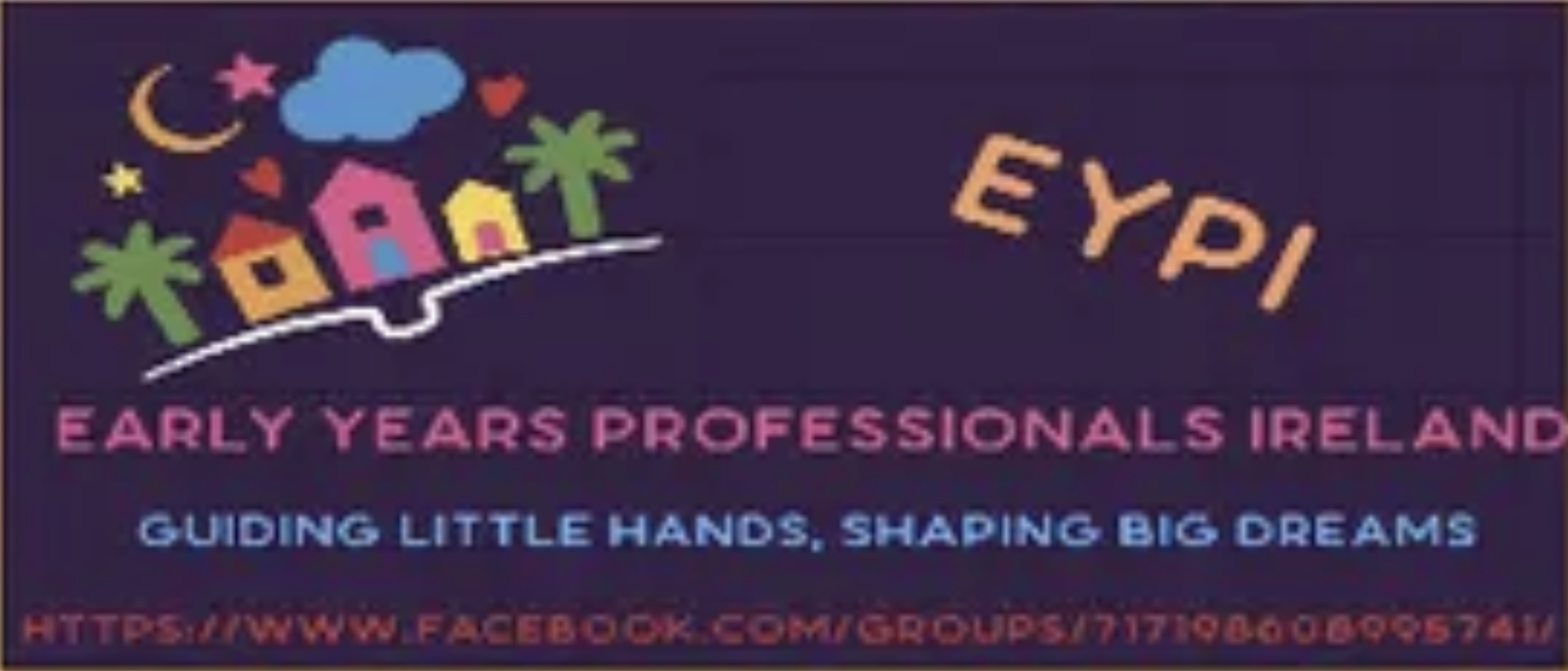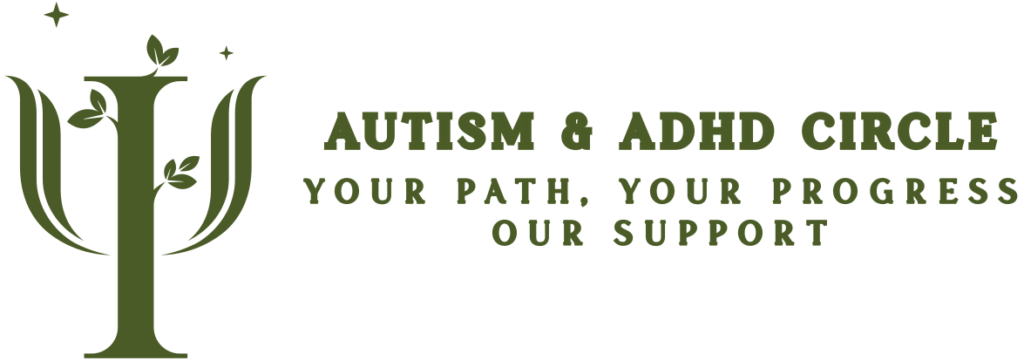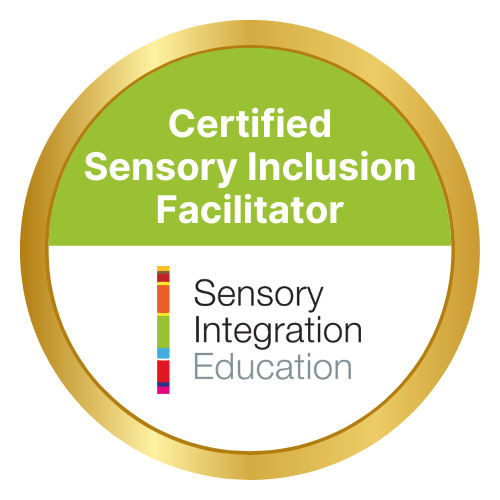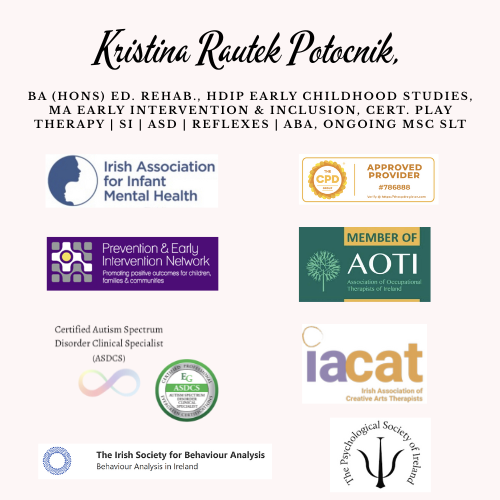How Do We Learn Through Imitation?

Author: Kristina Rautek Potocnik, BA (Hons) Ed. Rehab., HDip Early Childhood Studies, MA Early Intervention & Inclusion, Cert. Play Therapy | SI | ASD | Reflexes | ABA, ongoing MSc SLT
Imitation is one of the most natural and successful ways children learn. From an early age, we can see them repeating what adults say or do. A child might copy how you wipe the table or repeat a word you just used. These small acts are part of a big process – learning through watching and doing.
Many things we learn happen without us even noticing. This type of learning is possible thanks to a special system in the brain called the mirror neuron system. Mirror neurons help us learn actions, speech, and social behaviours just by watching others. While scientists are still learning more about this system, we know it plays a key role in how children develop.
In the human brain, the mirror neuron system includes areas in the frontal and parietal lobes, connected to parts of the brain that process what we see. This system helps us understand the actions, emotions, and needs of others. Problems in this system have been linked to developmental and neurological conditions. Interestingly, signs of social understanding through imitation can be seen as early as 7 to 10 months of age.
Since children learn so much by watching and copying adults, we must be careful with what we say and do in front of them. At the same time, we can use this natural learning method to teach them important skills. For example, when facing a difficult situation, if an adult reacts calmly and solves a problem peacefully, a child is more likely to copy this behaviour.
Also, when teaching children, it is more effective to show the action along with verbal instructions. If we say “put the toy in the box” and also do it ourselves, the child is more likely to remember and repeat it correctly later.
Understanding how the brain supports imitation helps us become better teachers and caregivers. It reminds us that learning happens all the time – not only in school or during lessons, but also at home, in everyday situations.
By using the power of imitation wisely, we can support children’s development and help them grow into kind, capable, and confident individuals.
Reference:
Simic, G. (2019) ‘Mirror neurons and learning’, in Simic, G. (ed.) Introduction to the Neuroscience of Learning and Memory. Zagreb: Ljevak, pp. 177–191.
Latest Posts
- How children make sense of the world through their senses
- How your baby learns about the world through their senses
- Helping your child grow stronger through movement and play
- Understanding How Early Intervention Helps Children Learn, Move, and Connect
- How to Recognise Tactile Defensiveness and Help Your Child Feel Safe
- Understanding Feeding Challenges and How to Support Your Child at Home
- Let’s Talk Sitting: Exploring Floor Seating Options
- Retained Primitive Reflexes: The Hidden Cause Behind Developmental Struggles
- Where Curiosity Blossoms: How Children's Play Nurtures Growth for All
- Helping Your Child Through Stress: A Gentle Guide for Parents
- Sweet Little Lies – How to Recognise and Respond with Care
- Chores Are More Than Just Tasks – They’re a Tool for Growing Independence, Focus, and Confidence
- How to Help Children Develop Emotional Intelligence
- Blending Technology and Care: How VR Meta Quest Supports Children at NeuroNest
- A simple guide for parents who want to raise confident, happy children
- Setting Boundaries with Love: A Simple 3-Step Guide for Parents
- Understanding Behavior Through the Nervous System
- A Compassionate Lens on Dysregulation in Non-Speaking Autistic Individuals
- Supporting Development Through Movement: The Role of the Swing in Early Intervention
- Blending Tradition and Innovation: How NeuroNest Supports Your Child’s Unique Journey
- When Movement Meets Innovation: Supporting Child Development with GoBalance
- Why Visual Perception Matters for Everyday Life and Development
- Benefits of Chess in Early Intervention
- Building Healthy Nutrition from the Start
- A Journey Back to Your True Self
- Supporting Your Child’s Hand Skills for Confident Writing
- Blending the Best of Both Worlds
- Helping Toddlers Eat Well: A Parent’s Guide
- Why Tummy Time Matters for Your Baby's Development
- Helping Your Child Build Everyday Independence
- Who Are the Disconnected Kids?
- From First Tries to Automatic Habits: Understanding the Stages of Skill Learning
- Why a Child’s Level of Alertness Matters for Memory and Learning
- Early brain development starts before birth
- Why Slowing Down, Adapting Tasks, and Adding Breaks Helps Children Learn Better
- Why ADHD, Autism, Dyslexia and Other Challenges Need a New Approach
- The surprising power of copying in child development
- Books are more than just language tools—they’re powerful allies in sensory and motor development.
- Rethinking sensory support: moving beyond expensive rooms toward everyday understanding.
- Understanding how fear develops in a child’s brain
- Understanding how an early baby reflex can affect your child’s daily life
- A gentle start into baby development through movement and bonding
- A child-centred, research-informed approach that uses the power of play to support communication, emotional regulation, motor development, and meaningful growth from infancy to twelve years.
Our Partners




Our Memberships


